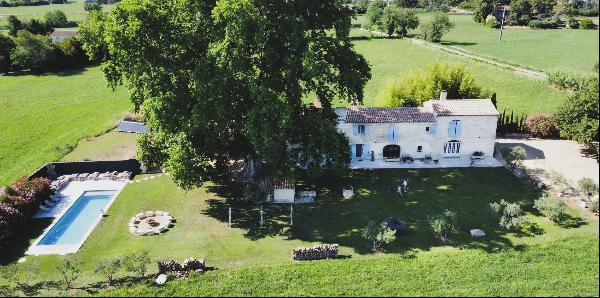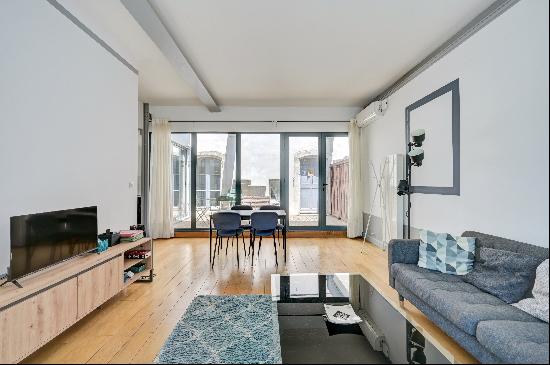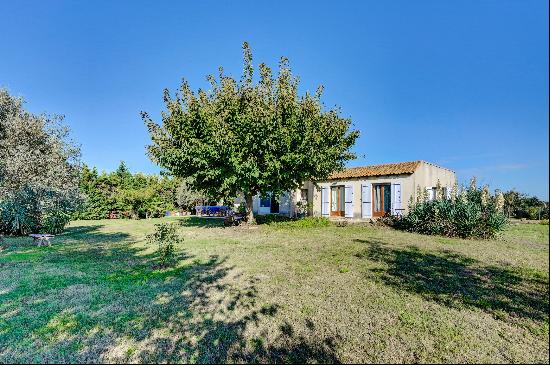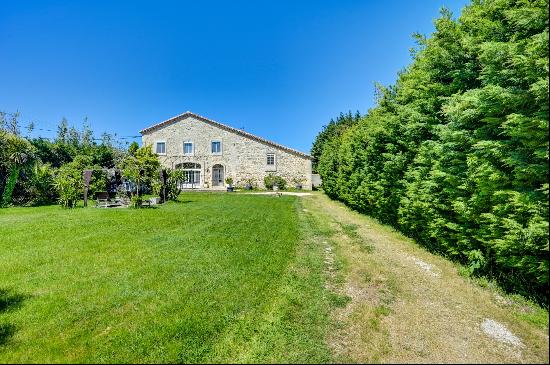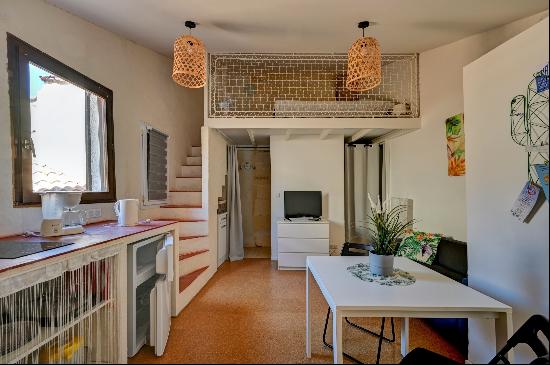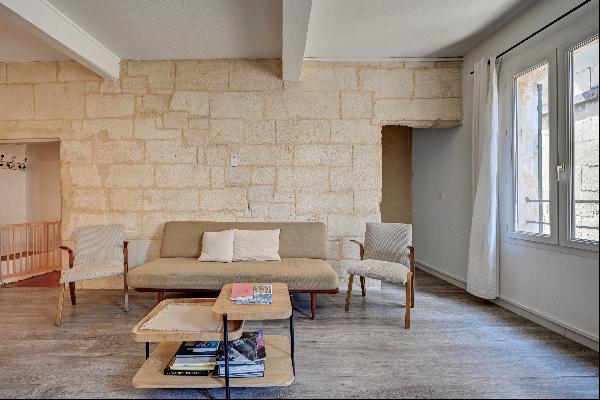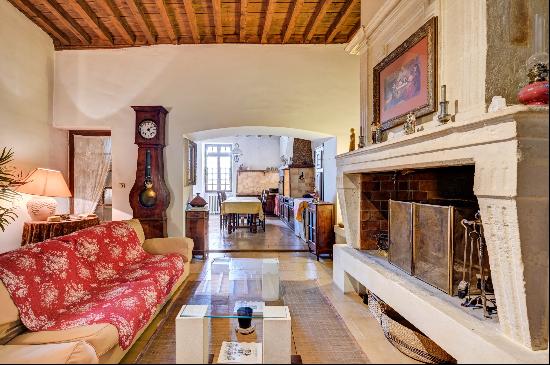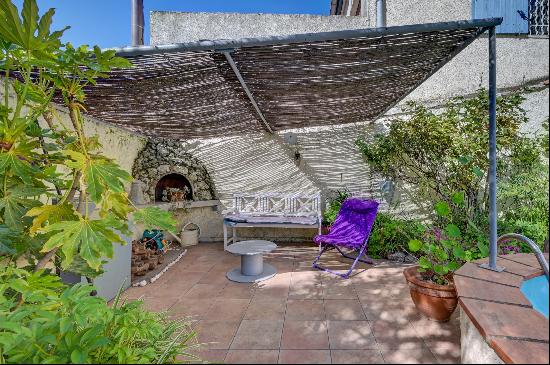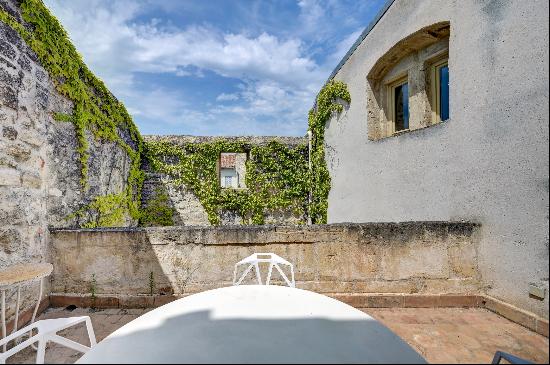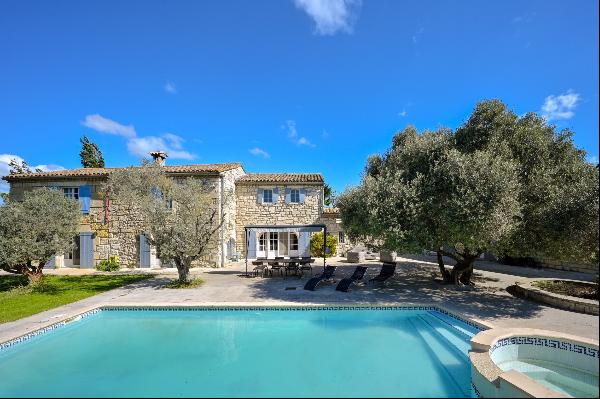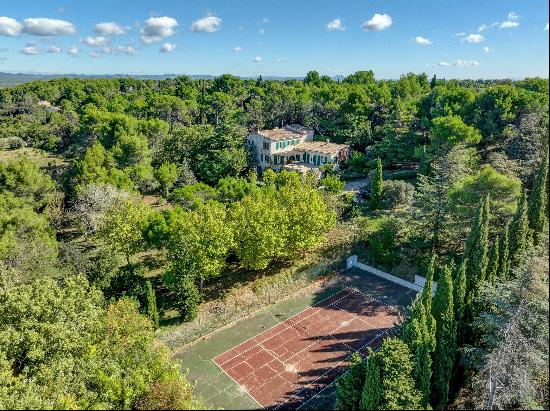
By Deborah Nash
If you were to pick a colour that threads through your life like an old friend, what would it be? For me, it is the hues that I can never get away with wearing: butter yellow, sunshine yellow, gold-yellow, primrose, saffron, honey, buttercup.
As a girl, I slept in a room of daisy wallpaper that had been pasted upside down, so all the flowers rained drunkenly on to a flaxen ground. I slept beneath a patchwork eiderdown of orangey-yellow squares with folksy dolls in headscarves carrying buckets. My mother used to make us lemon curd, which we ate warm and dribbling from the saucepan, licked from the spoon or spread thick and lumpy on buttered toast.

Vincent van Gogh was master of yellow. It is a difficult colour to use, with its limited tonal range, but it shines out of his best-known works. In his series on sunflowers, the petal-maned heads are rendered in antique gold, ochre and burnt orange and sit atop greenish stalks in earthenware vases. The series was painted in Arles, in the south of France, where Van Gogh stayed for 15 months from February 1888 and where he briefly hoped to establish an artists commune with Paul Gauguin, but Gauguin would only stay a few weeks.
Van Gogh made a painting of his rented home at 2 Place Lamartine, which had been newly painted in butter yellow: “The Yellow House” (1888). The facade of this modest building next to a greengrocer’s is punctured by dark green shuttered windows and an arched doorway. The window on the top left is Van Gogh’s bedroom, which he also depicted in three versions of the same work showing a room hung with five paintings, a mirror, a red tiled floor, two straw-bottomed chairs and an ample bed with bright lemon green pillows and sheets.
In late 1888, he made a painting of his straw chair with his pipe and tobacco pouch. Outside, beyond the steam train and the gas pipe seen in the foreground of “The Yellow House”, were fields of sun-ripening wheat and sunflowers.
The house at Place Lamartine was damaged during the second world war and demolished. The bed may yet exist, as it travelled with the artist to Auvers, then on to the Paris apartment of his brother Theo and his wife, following Van Gogh’s death in July 1890.

My dream home is a reconstruction of the Yellow House in the south of France; it would be a high-ceilinged, handmade, generous kind of place. I would live upstairs while the ground floor would be given over to studios where artists, writers, musicians and theatre folk could stay.
We would work steadily through the week, doing our thing and we’d meet in our communal terracotta-tiled kitchen on Friday mornings to share coffee and buttered toast with scrambled eggs, marmalade or lemon curd. Perhaps there would be an old jukebox in the corner and I would play Isabelle Pierre’s “Le Temps Est Bon”, over and over.
I imagine this home as a surprise, somewhere a little out of town, somewhere you come across on a ramble. There are such places in France: abandoned châteaux in overgrown grounds with rooms long since pillaged. There would be no signposts and the house wouldn't trumpet its presence. It would be connected to its surroundings, to nearby farms and nearby folk.
My present home is far from this but in our living room sits a yellow sofa, like a big fat sun. It’s a start.



